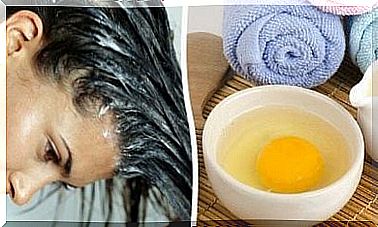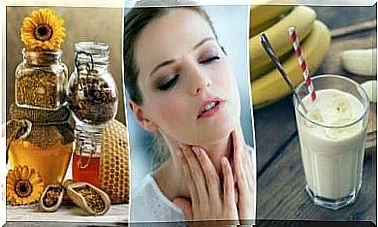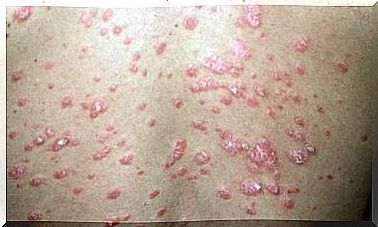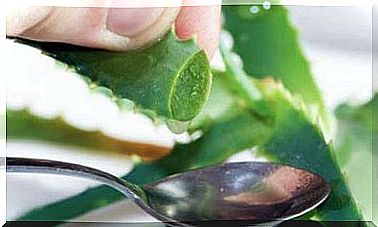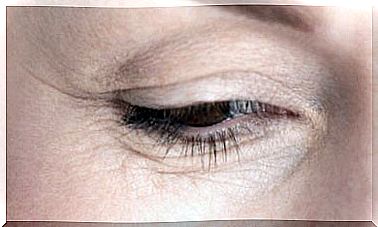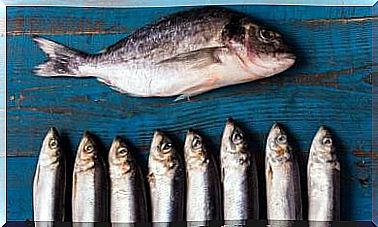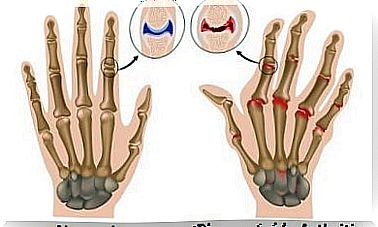How Can Pesticides Be Removed From Fruit And Vegetables?
Pesticides used to protect fruits and vegetables against various pests can be bad for your health. That is why it is important to carefully clean foods before consuming them.

Unfortunately, unless we have a vegetable garden at home or buy everything from an organic market, we are exposed to various chemicals in our fruits and vegetables. Agriculture often uses harmful pesticides to protect their crops from pests.
These pesticides , combined with waxes and polishes, often give vegetables an almost artificial look.
In this article we will explain how you can successfully remove these topical agents before eating.
What are pesticides and what are their effects?
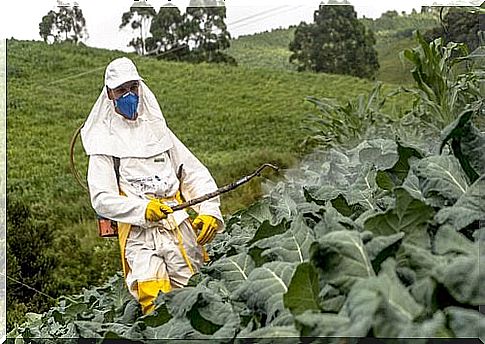
Before you learn how to wash and disinfect your vegetables and fruits, it is important to understand why.
Pesticides are chemical or biological products that are sprayed on fruits and vegetables to protect them from insects, weeds and diseases.
They seem necessary, even though many of these pesticides contain substances that are extremely toxic to humans , such as in the case of organophosphates used in agriculture in the United States.
Pesticides are also used in the cultivation of crops such as wheat, rice and canola, as well as flowers, cotton and grass.
People are exposed to these substances mainly through the consumption of “injected” foods. In second place is eating animals fed “protected” foods.
Another point of contact with pesticides can be living near or working on sprayed fields.
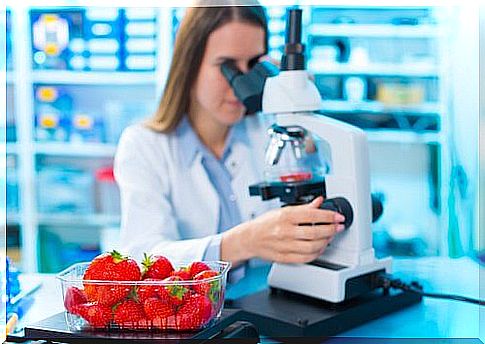
The amounts of chemicals that ultimately end up in households are very small, so it is difficult to know what their consequences will be.
However, symptoms of poisoning are known :
- nausea
- stomach pain
- diarrhea
- dizziness
- Unconsciousness
- States of confusion
- Memory problems
- Breathing problems
- Skin diseases
- Miscarriages
- cancer
- Parkinson’s disease
- Malformations in newborns
- Attention deficit with / without hyperactivity in children
Most affected by the side effects of pesticides and pesticides are :
- Fetuses
- Babies
- children
- Teenagers
- pregnant and breastfeeding women
- fertile women
The “dirty twelve”: The products with the most pesticides
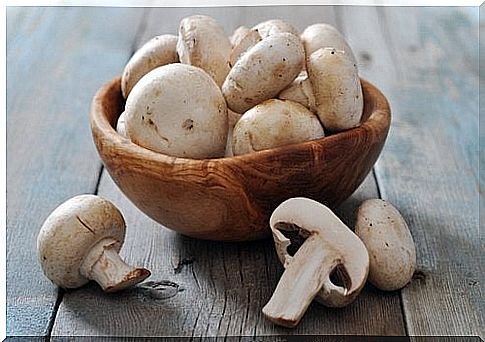
See the Guide to Pesticide-Contaminated Fruits and Vegetables for a list of products that contain large amounts of the toxic chemicals.
The Environmental Working Group (head of this study) recommends avoiding the following types of fruit and vegetables if they are not organically grown.
- Apple
- celery
- paprika
- peach
- nectarine
- strawberry
- grape
- spinach
- salad
- cucumber
- Blueberry
- potato
As if that weren’t enough, the organization recommends reducing the consumption of beans and cabbage vegetables.
On the other hand, there are foods that are less pesticidal and therefore more suitable for consumption.
- onion
- Sweet corn
- pineapple
- avocado
- Peas
- asparagus
- mango
- aubergine
- kiwi
- Honeydew melon
- Grapefruit
- Watermelon
- Mushrooms
How do you clean food from pesticides and pesticides?

Perhaps you have already come across a “special soap” for disinfecting vegetables and fruits at a market or in a shop. The effectiveness of these soaps has not yet been proven.
The most efficient way to remove soil and germs from vegetables is to wash them with clean water.
Washing the food under the tap is more effective than soaking it in water.
Using a strong bristle brush is also a good idea. However, if the shell has been treated with some form of “protective wax”, it is not possible to remove it with water and a brush.
Also to be considered are paraffins, which are used to treat fruits and vegetables such as tomatoes and apples to make them look more beautiful.
These new fabrics are not pesticides, but provide a shiny, polished surface. They cannot be removed with water, which is why we consume them with food.
Never use soap to wash your plates or disinfectants to treat fruits and vegetables. Not even lye is recommended. Some people recommend the following recipes:
Disinfectants made from vinegar, baking soda and lemon

As soon as you get home from shopping, you can wash your groceries before putting them in the fridge or wherever it is. The following recipe is very simple and efficient:
ingredients
- ¼ cup apple or white wine vinegar (62 ml)
- 1 cup of water (250 ml)
- The juice of one lemon
- 2 tablespoons of baking soda (20 g)
preparation
- First, mix the vinegar and water in a spray bottle.
- Then mix in the baking soda and finally the freshly squeezed lemon juice.
- Then close the lid and shake everything well.
- Then simply spray the solution on fruits and vegetables and clean them with a brush.
Disinfectants made from grapefruit, vinegar and baking soda
Another useful way to clean your veggies right after you shop.
Ingredients:
- 20 grams of grapefruit essential oil
- 1 cup of water (250 ml)
- Tablespoon of baking soda (10 g)
- 1 cup of white wine vinegar (250 ml)
Preparation:
- First, mix the water and vinegar in a spray bottle.
- Add baking soda and then the oil. By the way, you can find essential oils in health food stores.
- Then shake everything with the lid closed and it is ready to use.
Disinfectants made from vinegar and lemon

This recipe contains fewer ingredients, but is still powerful. It is particularly suitable for moments when we don’t have a lot of time.
Ingredients:
- 1 cup of vinegar (250 ml)
- Tablespoons of lemon juice (10 ml)
- 1 cup of water (250 ml)
preparation
- First, mix the water and vinegar in a spray bottle.
- Then shake the mixture well and add lemon juice.
- Then shake everything with the lid closed. You can use the product immediately and then store it in the refrigerator.
